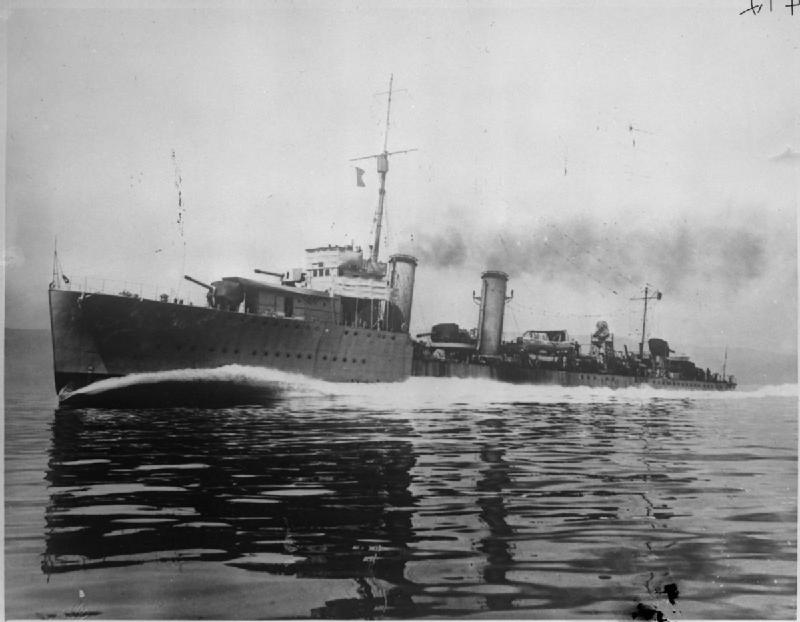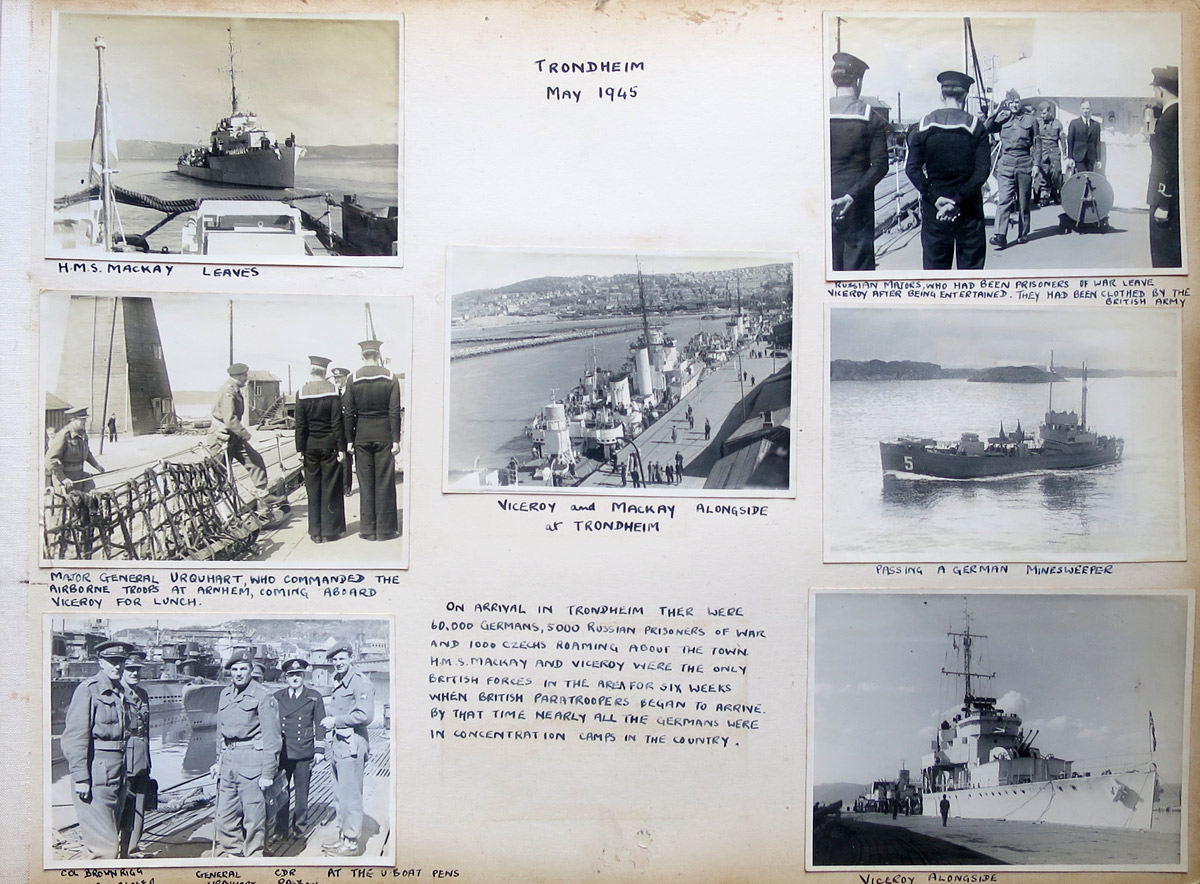
 HMS MACKAY
HMS MACKAY
Commanding Officers
With acknowledgment to the Dreadnought Project and Unithistories.com
| Capt Dashwood F. Moir (6 May, 1919 – 7 July, 1919) Capt Aubrey T. Tillard (7 July, 1919 – 9 July, 1920) Cdr Hugh D. Colville (9 July, 1920 – June, 1921) Capt Dashwood F. Moir (6 July, 1921– 15 Jan 1923 - Captain (D) 4DF) Capt Sidney R. Bailey (5 January – 15 Jan 1925 as Captain (D) 4DF, later 8DF and 9DF) Capt Lewis G. E. Crabbe (15 Jan 1925 – 4 July, 1926) Lt Cdr John Henry Jauncey (29 March 1926 - Feb 1927) (and as Captain (D), 9DF, then of 7DF from 1 April, 1925) Capt Evelyn C. O. Thomson (4 July, 1926 – 2 Dec 1926) Capt Montague G. B. Legge (2 Dec 1926 – 6 April, 1927 and Captain (D), 7DF) Capt John H. K. Clegg (6 April, 1927 – June, 1927 and Captain (D), 7DF) Capt Lewis G. E. Crabbe (June, 1927 - and Captain (D), 5DF) Capt Frank Elliott (16 Aug 1927 - and Captain (D), 5DF) Lt Cdr Donald C. Brock (20 Feb 1928 – 21 Jan 1929) Capt John H. K. Clegg ( – 7 Dec 1929 and Captain (D), S7DF tansfer from Montrose) Capt Alan R. Dewar (16 Nov 1929 – 10 Dec 1931 and Captain (D), 1DF) Capt Edward B. Cloete (Dec 1931 – Dec 1932 and Captain (D), 1DF) Lt Cdr Frederick R. M. Johnson (30 March, 1932 – 23 April, 1932) Capt Charles F. Harris, 2 January, 1933 – May, 1933 and Captain (D), 1DF) Capt Philip E. Phillips (April, 1933 – Dec 1934 and Captain (S), 2DF) Capt Geoffrey R. S. Watkins, (2 Dec 1934 – 1935 and Captain (S), 2SF) Cdr William A. R. Cartwright (24 Sept 1935 – 29 June, 1936) Capt Percival H. G. James (28 Sept 1938 – 9 Oct 1938 and Captain (D), 12DF) |
Capt Philip L. Vian (3 Aug, 1939 – 26 Sept 1939 and Captain (D) 11DF) Lt Cdr (retired) Ernest Adams (1 May, 1940 – 10 June, 1940) Cde Graham H. Stokes (10 June 1940 – 15 Oct 1940) Cdr Eric G. A. Clifford (15 Oct 1940 – late 1940) Lt Cdr (ret) Ernest Adams (late 1940 – 25 Jan 1941) Lit Cdr Ernest C. Coats (25 January, 1941 – 15 May, 1941) Capt Thomas E. Halsey (15 May, 1941 – 16 Sept 1941 and Captain (D), 16DF) Capt John P. Wright (16 Sept 1941 – 5 July, 1942) Capt Selwyn V. Jephson (5 July 1942 – Aug 1942) Lt I/C James B. Marjoribanks (22 Aug 1942 – 29 Sept 1942) Capt Selwyn V. Jephson (29 Sept 1942 - 15 Nov 1943) Cdr Richard F. Jessel (15 Nov 1943 – mid 1944) Lt I/C James W. Cortlandt-Simpson (mid 1944 – June, 1944) Capt Jocelyn S. C. Salter (June, 1944 – October, 1944) Cdr (ret) Walter J. Phipps (1 Dec 1944 – mid 1945) |
Officers
Further names from the
Navy List will be added later.
| Lt Herbert Jack Lee (22 Feb - Oct 1944) Lt Cdr John Wentworth McCoy (31 Dec 1934 - July 1935) |
Lt Cdr Anthony Follett Pugsley (1 May 1931 - Jan 1933) Lt Sir Geoffrey William Vavasour, 5th Baronet, of Haslewood, Yorkshire (1 Sept 1941 - Aug 1942) Mid / Sub Lt Cedric Collinwood Wake-Walker (Oct 1941 - Feb 1942) Lt Basil Chrystie Ward (14 Aug 1941 - 15 Dec 1942) |
